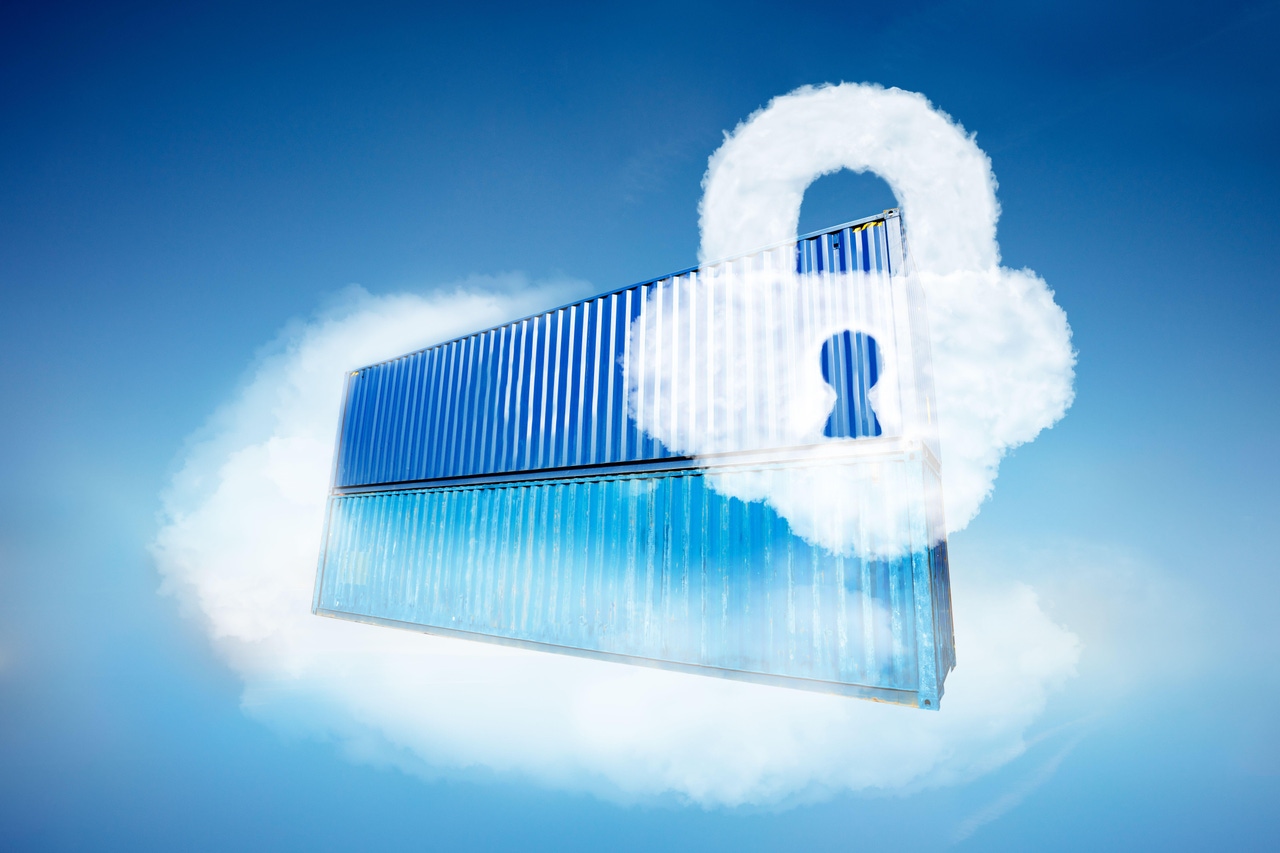Top 5 Container Security Mistakes and How to Avoid ThemTop 5 Container Security Mistakes and How to Avoid Them
Critical slip-ups can leave container environments dangerously exposed. Fortunately, sound security practices aren’t complex to implement once you are aware of them.
October 10, 2024

Containers are like Pandora’s box – powerful but packing unpredictable dangers inside. One cracked lid is all it takes to unleash chaos from compromised environments into business-critical systems. And yet, most rush towards containers to accelerate deployment without planning for the insecurities they introduce. Don’t be like the careless majority – avoid the pitfalls that have led other container adopters into the breach headlines again and again.
In this post, I will spotlight the most common yet overlooked container security vulnerabilities and mistakes made by teams dazzled by promises of increased velocity. Yes, while blazing-fast innovation is compelling, it should never come at the expense of defenses.
Most importantly, through this article, you will learn proven safeguards to build assurance into your container pipeline. With vigilance at the right points, you can advance into production confidently. Let’s examine the top five oversights and make sure you have them covered.
Mistake #1: Not Scanning Container Images
Before containers are deployed, you need assurance they don’t contain vulnerabilities right from the start. But unfortunately, many organizations fail to scan container images during the build process. That leaves serious risks lurking unseen. Unscanned container images allow vulnerabilities and malware to easily slip into production environments, creating significant security issues down the road. Here’s a better way:
Integrate scanning into CI/CD pipelines: Scan images automatically as part of your continuous integration workflows. This finds issues early before they reach production, and scanning images in the pipeline prevents the deployment of vulnerable containers from the get-go.
Scan frequently: The base images you use and the dependencies installed can quickly become outdated. Set schedules to scan for newly discovered threats, or better yet, scan each time a pipeline runs. Regular scanning catches new threats that may have been introduced through updates to base images and dependencies.
Block deployments in case of scan failures: Mandate that new container images meet security standards before launch. Set policy check gates in your pipeline that require a pass before deployment. Putting a build on hold and double-checking it in the event of a scan failure prevents vulnerable images from ever being released.
Following these best practices ensures you catch container vulnerabilities at the first opportunity, not after it’s too late.
Mistake #2: Turning a Blind Eye to Least Privilege Access
Far too often, developers demand (and receive) excessive permissions for container access, which trailblazes unnecessary risks. If compromised or misused, overprivileged containers can lead to devastating security incidents. You want the principle of least privilege (PoLP) instead. Here is how you organize permissions:
Assign granular roles: Avoid having every container run as root or privileged. Create specific groups mapped to particular actions (network access, volume mounts, etc.). Fine-grained roles limit the damage if individual containers are breached.
Leverage pod security policies: PSPs in Kubernetes enforce permissions at runtime, covering privilege escalation, volume types, host namespaces, and more. Default deny all for extra safety. Kubernetes pod security policies provide guardrails against excessive permissions.
Review actively: Your infrastructure evolves quickly. Set quarterly reviews of service accounts and roles to remove stale permissions. New employees shouldn’t accidentally inherit God mode. Regular reviews catch and correct unnecessary permissions that accumulate over time.
Get into the habit of asking, “Does this container really need that permission?” Nine times out of ten, the answer is no. Trim it back.
Mistake #3: Minimal Runtime Protection
Threat prevention shouldn’t stop once a container launches, either. But some forget to extend protections during the runtime phase. Containers left unprotected at runtime allow adversarial lateral movement across environments if compromised. Here are vital layers to add:
Use context-aware firewalls: Firewalls that understand container metadata (labels, orchestration info, etc.) strengthen enforcement and reduce sprawl. For example, they block dubious traffic between environments. Context-aware firewalls provide network micro-segmentation for containerized apps.
Stay on top of suspicious activity: Monitor containers for anomalous actions indicative of crypto mining hacks, outbound command execution, and other attacks. Machine learning analytics can separate normal from naughty behavior. Activity monitoring spots signs of compromise inside running containers.
Assess regularly for misconfigurations: Drift happens, and permissions get tweaked incorrectly over time. Continuous validation identifies loopholes before the criminals do. Regular config checks find dangerous container changes that increase risk going forward.
Making security invisible is vital here. Bake it in automatically versus making it an afterthought. Building this into deployment pipelines is the trick.
Mistake #4: Vulnerable Container Registries
Container registries offer juicy targets when left unprotected. After all, compromise the registry, and you will have the keys to infect every image inside. Unsecured registries place your entire container pipeline in jeopardy if accessed maliciously. Two common oversights leave registries open to exploitation, so let’s look at the ways to avoid them:
Minimal access controls: Anonymous pulls should never be allowed. Require authentication for all actions. Employees should only need access to repositories they actually use. Strict access controls prevent unauthorized tampering with container images.
Unencrypted network traffic: Always use TLS certificates to encrypt communications from runtimes to registries. All major container registries support this. Don’t have data plucked from the air. Encrypting traffic protects image data from prying eyes.
For on-prem registries, security best practices get forgotten. Public cloud options like AWS ECR, Azure Container Registry, and Google Artifact Registry have integrated security capabilities you can leverage. Tap into them if possible.
Mistake #5: Lack of Monitoring and Visibility
You can’t protect what you can’t see. Monitoring gives visibility into container health events, network communications, and user actions. Blind spots hide attack indications and hamper investigation when incidents occur. Here are the monitoring essentials:
Ingest and centralize logs: All container activity (stdout/stderr), host events, and registry access instances send critical security signals. Opt for tools that help correlate across events. Centralized logging enables analysis to uncover suspicious container activity.
Plot communication flows: Map which containers talk to what processes, IP addresses, etc. Discover shadow IT or malicious communications hiding within allowed flows. Communication maps highlight hidden threats operating undiscovered inside containers.
Create alerts for unauthorized changes: Achieve integrity monitoring by firing alerts when unexpected alterations occur in deployed containers, mounted volumes, and code. Change alerts rapidly expose unapproved tampering with containerized workloads.
Get these fundamentals in place first before more advanced tactics. Mature container monitoring takes time but starts with these measures. Visibility into container environments is step one for staying secure.
Final Word
I covered the critical slip-ups that leave container environments dangerously exposed. But as you saw, sound security practices aren’t complex to implement once you are aware of them. By keeping these pitfalls in mind and taking care of the fundamentals, there’s no need to stall cloud-native initiatives in the name of security.
Yes, it may require some forethought alongside mindful usage practices, but this is a small price to pay to ensure peace of mind.
About the Author
You May Also Like




